In the world of logistics and transportation, semi van trailers play a critical role in the efficiency and effectiveness of goods movement. The width of a semi van trailer is a fundamental aspect that logistics professionals, fleet managers, and companies involved in shipping need to consider. This article delves into the precise measurements, variations, and implications of semi van trailer widths, addressing user questions while harnessing expert insights.
What is a Semi Van Trailer?
A semi van trailer, often referred to as a dry van trailer, is a type of enclosed freight trailer used primarily for transporting goods. These trailers are typically hitched to tractor units and are characterized by their rectangular shape and solid sides, which protect the cargo from environmental factors. The versatility of semi van trailers makes them a popular choice for carrying various items, including consumer goods, electronics, textiles, and more.
The Standard Width of Semi Van Trailers
When discussing the width of semi van trailers, we find that they generally conform to established industry standards. Here are the key dimensions:
| Trailer Type | Standard Width | Maximum Width (US) | Maximum Width (EU) |
|---|---|---|---|
| Semi Van Trailer | 8.5 feet (102 inches) | 8.5 feet (102 inches) | 2.55 meters (100 inches) |
The standard width of a semi van trailer is approximately 8.5 feet or 102 inches. This dimension allows for a significant capacity while still adhering to road safety regulations in most regions, including the United States and Europe.
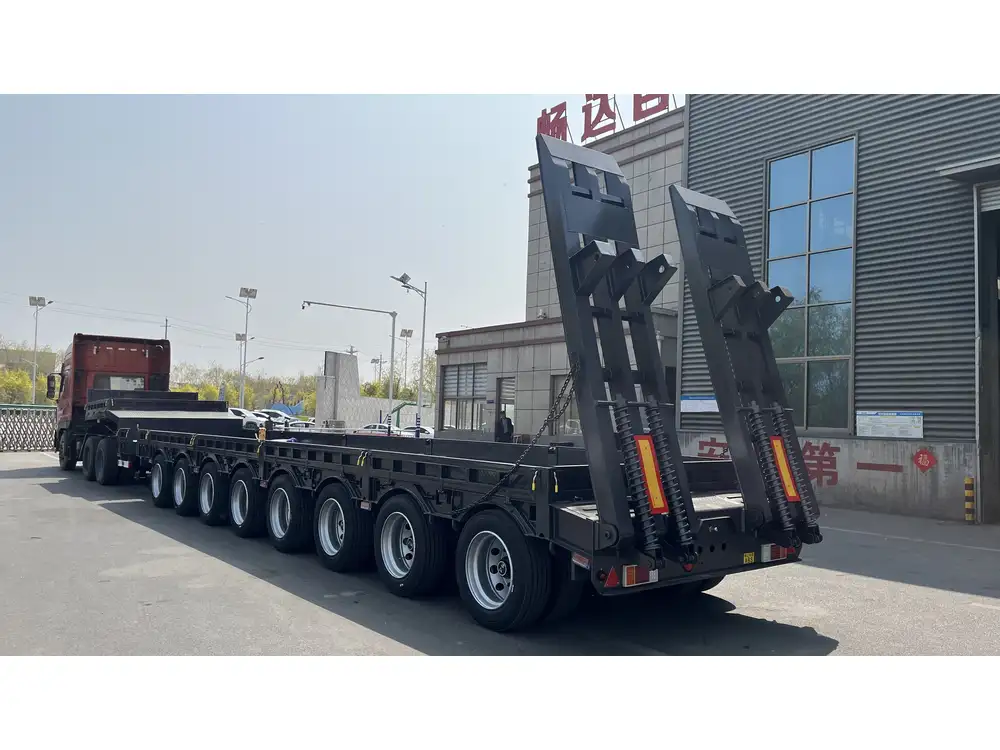
Factors Influencing Semi Van Trailer Width
The width of a semi van trailer can be influenced by several factors, including:
Regulatory Standards: Different regions have varying regulations regarding trailer dimensions. Compliance is essential for legal road travel.
Type of Cargo: The nature of the goods being transported can also dictate the required internal width of the trailer. Items requiring special handling or specific configurations may necessitate wider models.
Aerodynamic Design: Modern trailers often feature designs intended to enhance fuel efficiency. In some cases, these aerodynamic adjustments may affect the trailer’s outward dimensions.
Additional Dimensions: Height and Length
While width is a crucial dimension, understanding the overall specifications of semi van trailers is equally important. The typical height and length of these trailers also play a role in cargo capacity and maneuverability:
Height: The standard height of a semi van trailer usually ranges from 13.5 feet to 14.5 feet (162 to 174 inches). This height can be critical for entering certain commercial facilities and meeting loading dock specifications.
Length: Semi van trailers typically range in length from 28 feet (8.5 meters) for the shorter regional models to up to 53 feet (16.15 meters) for standard long-haul configurations. This variation allows for diverse loading options and accommodates a broad spectrum of hauling needs.
Benefits of Knowing Semi Van Trailer Width
Understanding the width of semi van trailers is crucial for several reasons:
Compliance with Regulations: Staying within the prescribed width limits prevents legal issues and ensures safe transport on public roads.
Maximizing Loading Efficiency: Knowing the dimensions allows freight companies to optimize their loading strategies, maximizing space without exceeding legal limits.
Determining Compatibility with Equipment: Compatibility with loading docks and other equipment relies on accurate knowledge of the trailer’s dimensions, including width.
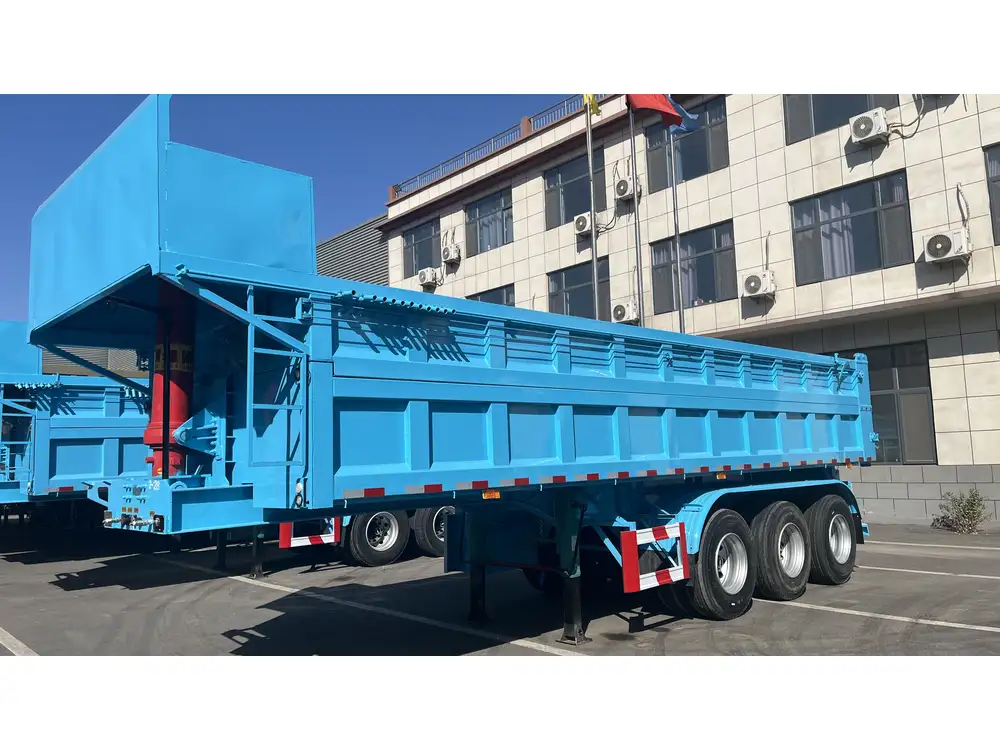
Common Questions Regarding Semi Van Trailer Width
What Are the Consequences of Exceeding the Width Limit?
Exceeding the width limit can lead to serious consequences, including:
Fines and Penalties: Transporting oversized loads often incurs fines. These penalties can arise from being stopped during random inspections or at weigh stations.
Increased Safety Risks: Wider trailers may pose challenges in terms of handling and navigation, particularly in crowded urban areas or tight routes.
Legal Liabilities: In the event of an accident involving an oversized trailer, liability may be difficult to establish, potentially exposing the owner to increased risk.
How Do Different Regulations Impact Width?
Regulatory bodies set width standards to ensure safe transportation. For instance, in the United States, the Federal Highway Administration stipulates a maximum width of 8.5 feet for commercial trailers. Conversely, in the European Union, the limit is slightly narrower, at 2.55 meters (approximately 100 inches). Understanding these regulations is essential for businesses operating in or across these regions.
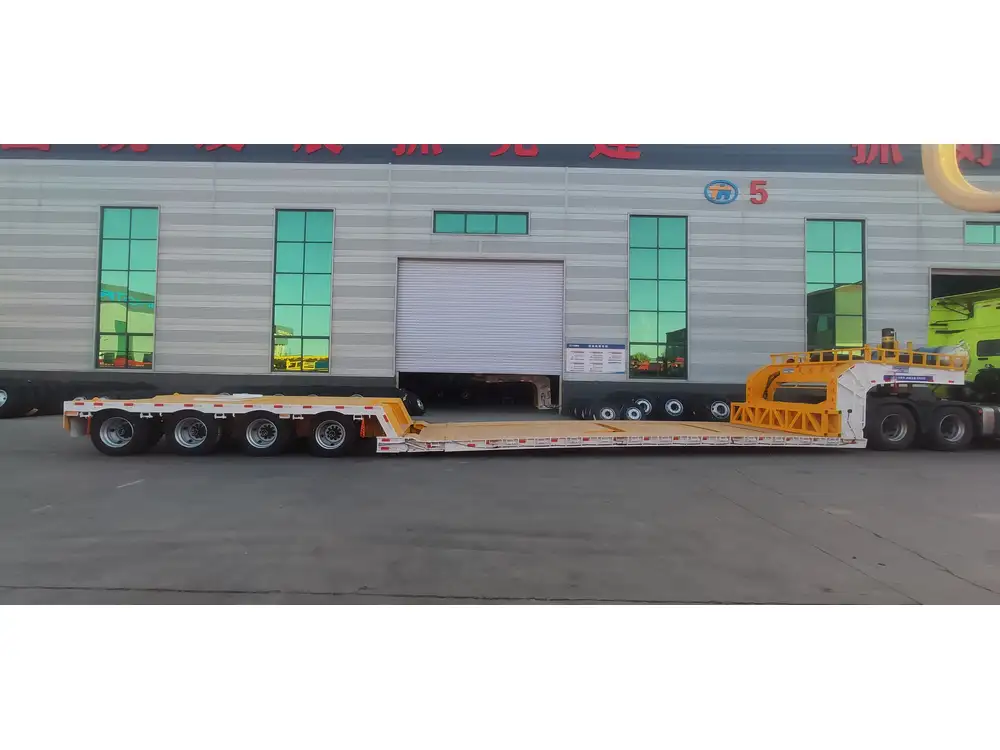
Trends in Semi Van Trailer Design
Innovations in Aerodynamics
Fuel efficiency is a critical concern in the transportation industry. As such, semi van trailer designs have evolved to incorporate aerodynamic features, which not only reduce drag but also can influence the width and overall dimensions. With advancements such as boat-tailing and side skirts, manufacturers aim to balance width with improved fuel economy and reduced greenhouse gas emissions.
Customization Options for Specific Needs
Growing demands in e-commerce and logistics have led to the development of specialized semi van trailers. Operators may seek trailers built to precise widths that cater to unique cargo or delivery requirements, which can include:
Cooling Technology: Trailers designed to transport perishables might have additional insulation and refrigeration capabilities, which may impact the internal width.
Enhanced Loading Options: Some trailers come equipped with adjustable width features that allow for flexibility in loading varying sizes of cargo.
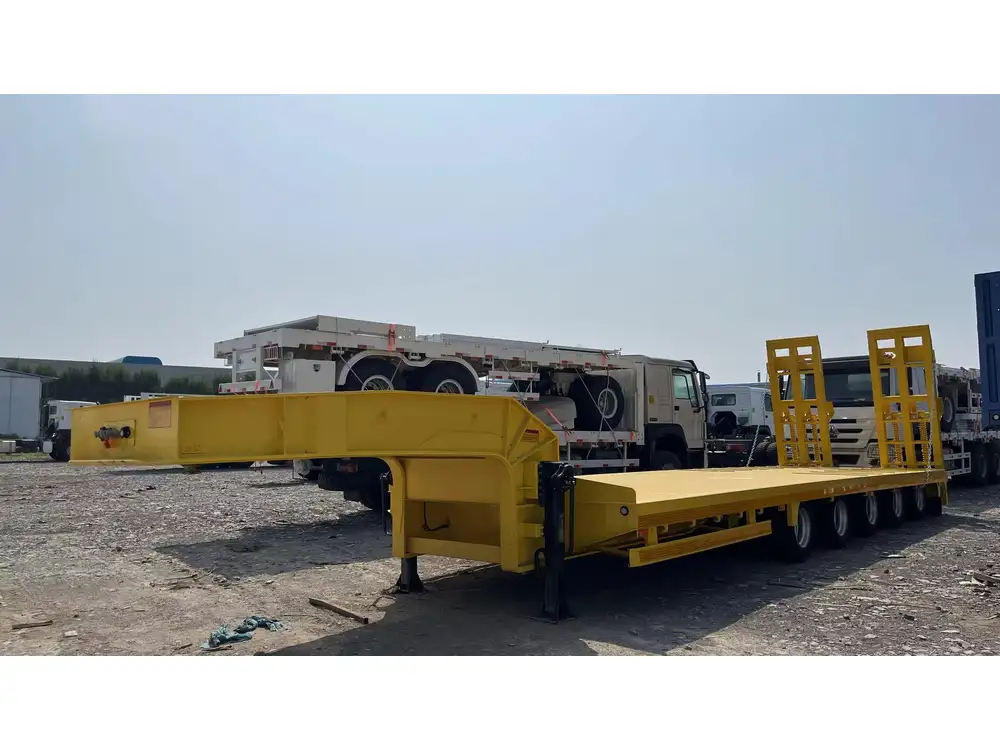
Comparing Semi Van Trailers to Other Trailers
To fully appreciate the role of semi van trailers, it’s beneficial to contrast them with other types of trailers:
| Trailer Type | Width | Best Use Case | Example Cargo |
|---|---|---|---|
| Semi Van Trailer | 8.5 feet (102 inches) | General freight | Consumer goods |
| Flatbed Trailer | Varies (typically 8.5 ft) | Heavy and oversized cargo | Construction materials |
| Reefer Trailer | 8.5 feet (102 inches) | Temperature-sensitive items | Food and pharmaceuticals |
| Tanker Trailer | 8 feet (96 inches) | Liquid transport | Fuels and chemicals |
Insights into Selection
When determining the most appropriate trailer type for a specific task:
Cargo Type: Consider the nature of the cargo. For example, perishables best fit within reefer trailers, while heavy machinery should be transported using flatbed models.
Route Considerations: Evaluate the dimensions of the routes your trailers will take. Narrow or congested roads may necessitate smaller, more maneuverable trailers.
Regulatory Compliance: Always keep local regulations in mind. Different states or countries may have distinct rules regarding the maximum allowable dimensions for trailers.
The Future of Semi Van Trailers
The evolution of semi van trailers is tied intricately to technological advancements and changing market demands. Here are several anticipated trends:
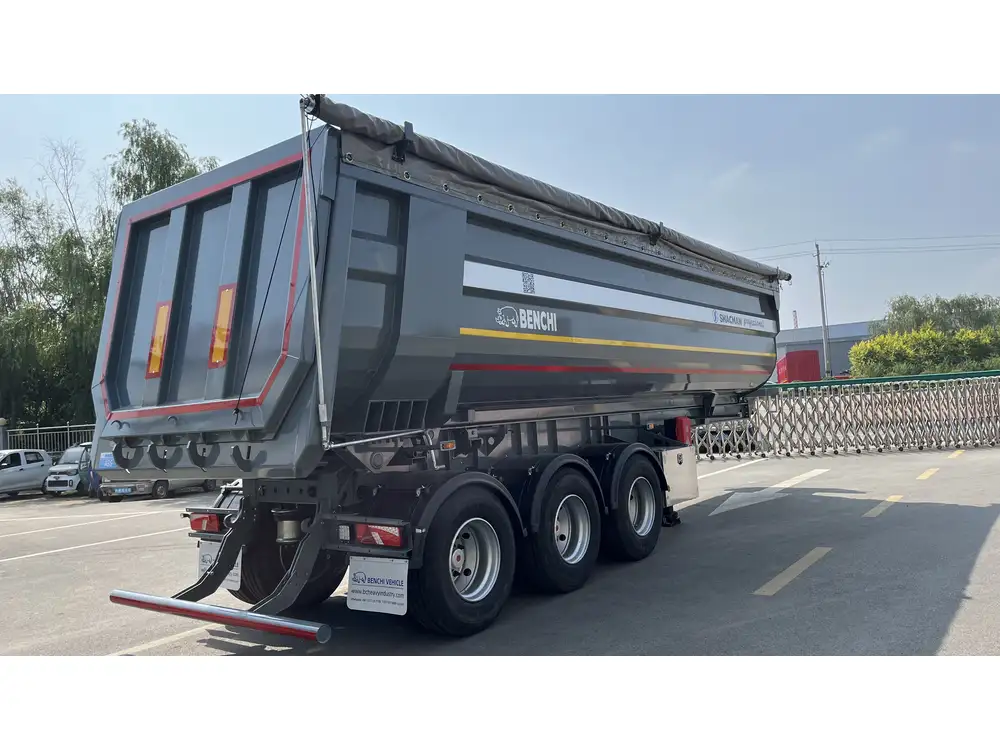
Electrification and Sustainability
With the push towards greener practices, many manufacturers are exploring electric tractor units that can maximize the efficiency of semi van trailers. These innovations may also necessitate adaptations in trailer design, possibly influencing dimensions to accommodate battery storage.
Automation and Smart Technologies
The integration of smart technologies, such as GPS tracking and load stabilization systems, is transforming the logistics landscape. As trailers become ‘smart,’ they may evolve further in dimensions and design, tailored not just for traditional hauling but for enhanced operational efficiency.
Conclusion
Understanding the width of semi van trailers is essential for industry professionals navigating the complexities of logistics and transportation. By grasping the standard dimensions, regulatory requirements, and the various configurations of semi van trailers, businesses can enhance their operations, maximize efficiency, and ensure compliance with transportation standards.
As the logistics industry continues to evolve with new technologies and market demands, keeping abreast of these developments will be vital. Whether it’s selecting the optimal trailer for specific freight or adapting to changing regulations, the knowledge of semi van trailer widths and related factors will pay dividends in operational success and cost management.



